Gallant was discovered at the Karolinska Institute in Sweden. Professor Viktor Mutt and Kazuhiko Tatemoto isolated it from pig small intestine in 1980. After it was possible to prove in 1983 that galanin is biologically active, its structure was determined at the Karolinska Institute and mentioned for the first time in a publication in the same year.
What is Galanin?
Galanin is a peptide - a molecule made up of amino acids that are linked together by peptide bonds. Peptides are divided into three categories according to the number of their amino acids: oligopeptides (less than 10), polypeptides (10-100) and proteins (more than 100).
Galanin consists of 30 amino acids in humans and 29 amino acids in all other species in which it has so far been detected. It therefore belongs to the polypeptides. Galanin acts as a neurotransmitter, i.e. a substance that transmits, amplifies or changes stimuli from one nerve cell to another cell. It plays a role in regulating numerous physiological functions. These include controlling the movement of the gastrointestinal tract, releasing and inhibiting other neurotransmitters and hormones and influencing the activity of the pancreas.
The galanin family includes a total of four peptides. They convey their effect with the help of receptors. There are currently three known receptors of galanin: GalR1, GalR2 and GalR3.
Function, effect & tasks
Galanin often has an inhibiting effect, e.g. B. in the processing of pain or the release of the happiness hormone serotonin and the sympathetic stimulating noradrenaline. In an in-vitro experiment, it was shown that galanin inhibits the release of insulin.
In addition to the waking and sleeping rhythm, the neuropeptide also regulates food intake. In an experiment with rats it could be shown that there is a connection between the desire to eat high-fat food and the concentration of galanin in the hypothalamus, the part of the brain that is responsible for controlling the autonomic nervous system. The consumption of high-fat foods leads to the increased formation of galanin in the hypothalamus. This increase in concentration leads in turn to an increased need to eat high-fat food.
In healthy people, however, there are counteracting mechanisms that interrupt this cycle. An inhibitory effect of galanin on gastric acid secretion was also discovered. In humans, it also delays the emptying of the stomach by reducing its movement. Galanin is of particular importance in the maturation of the mammary glands and the formation of breast milk. In an attempt to do this, mice were used whose gene responsible for galanin production had been deactivated.
Although these animals were viable and able to reproduce without any problems, they were not subsequently able to nurse their young. In the same experiment it was also found that the animals with the defective galaningen had difficulty digesting high-fat food. If damage or inflammation occurs in neurons or the nervous system in the body, this leads to an increased formation of galanin. It is believed to have a protective effect on neurons and nerves and promote the formation of new neuron cells.
Education, occurrence, properties & optimal values
The synthesis of galanin takes place, among other things, in neurons in the hypothalamus, the spinal cord, the placenta and in the limbic system, the part of the brain that is responsible for drive behavior and emotions. Galanin is formed by first reading the preprotein from a gene on the eleventh chromosome, which is then cleaved by an enzyme, the so-called signal peptidase.
From this proprotein, the galanin is formed through renewed cleavage. Its three different receptors act in the central nervous system, the anterior pituitary gland, in the pancreas, in the stomach and in the smooth intestinal muscles. Galanin levels can vary from person to person and fluctuate from day to day. In women, it is particularly dependent on the quantity of sex hormones produced. When higher levels of estrogen and progesterone are produced by the ovaries, these increased levels of hormones lead to increased production of galanin in the brain.
How great these fluctuations can be was shown in a cancer study in which the concentration of galanin in the serum of sick and healthy test subjects was measured. In the healthy control group, the values fluctuated between approx. 10 and 40 nanograms per milliliter. It was significantly higher in cancer patients.
Diseases & Disorders
A connection between the galanin level and cancer has already been established several times. For example, galanin is now considered to be a characteristic feature of malignant, distant breast cancer tumors.
Animal experiments have shown that galanin can inhibit cancer cells as well as promote growth. The activation of the GalR1 receptor usually acts against the tissue proliferation of the tumor, while the activation of the GalR2 receptor can both inhibit and increase growth. There is also a link between galanin and diseases such as Alzheimer's disease, epilepsy and eating disorders, alcohol addiction and depression. Galanin actually has a protective effect on nerve cells. In the case of Alzheimer's, however, it appears to play a key role in the progression of the disease. Initially, the brain tries to defend itself against the disease by increasing the release of neuropeptides.
At a certain point in the course of the disease, however, according to a study by the Waschington University Medical School, the effect changes and contributes to the loss of important brain functions. Proof that the galanin level could be an actual cause of the onset of Alzheimer's has not yet been found. Princeton University researchers used rat studies to find that galanin levels affect chronic drinking. Galanin favors the consumption of alcohol and this consumption leads to an increased production of galanin, which creates a cycle that probably plays a major role in the development of addictive drinking behavior.
According to another study, galanin, especially when combined with stress, also plays a central role in the development of depression. Is the galanin production disturbed, e.g. due to a genetic defect, this can further promote anxiety disorders. For example, mice that lack the neuropeptide show more fearful behavior than their conspecifics whose bodies can produce galanin.

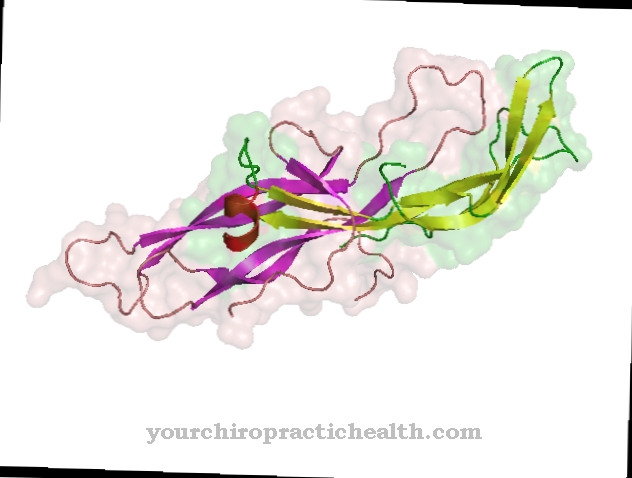

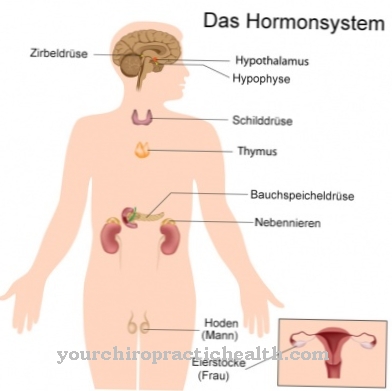
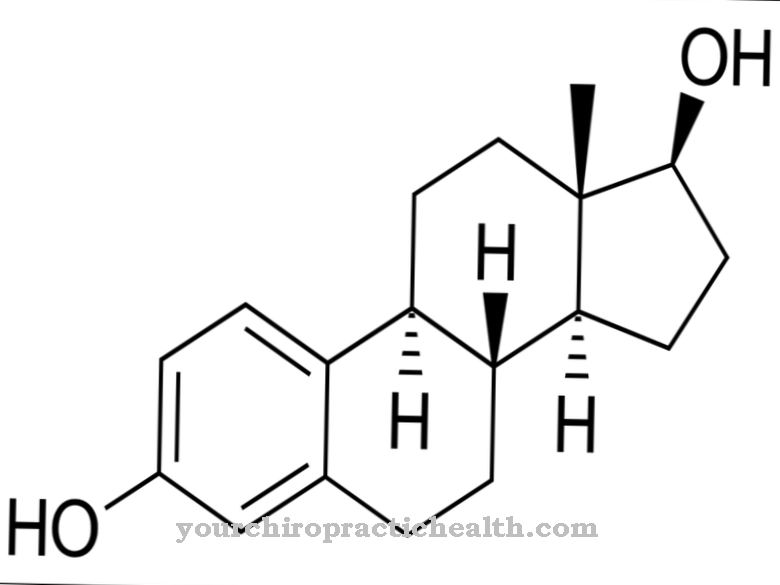
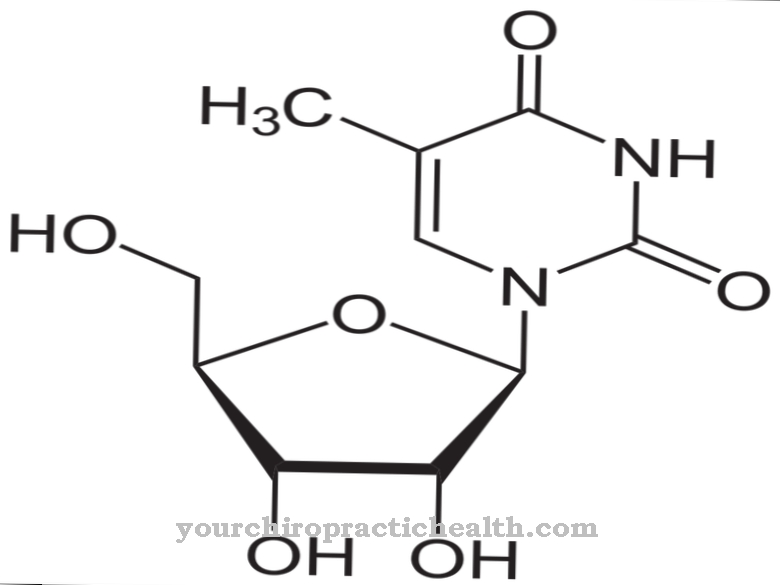
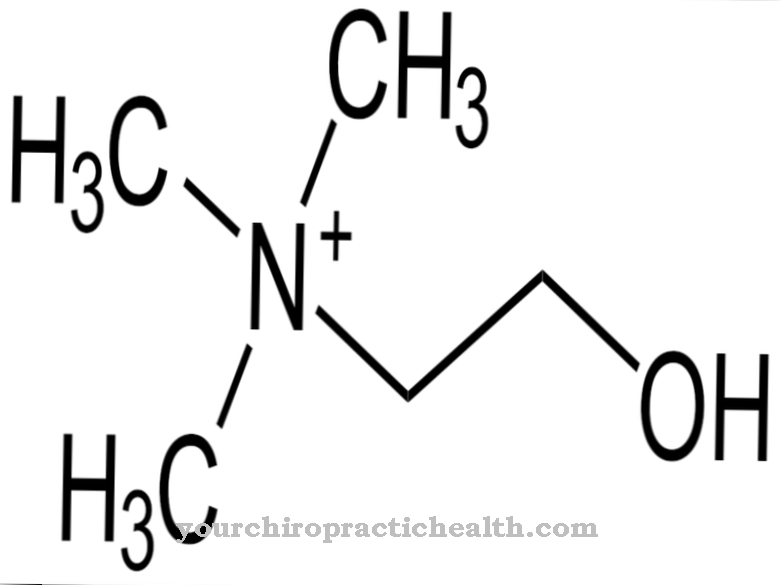

















.jpg)



